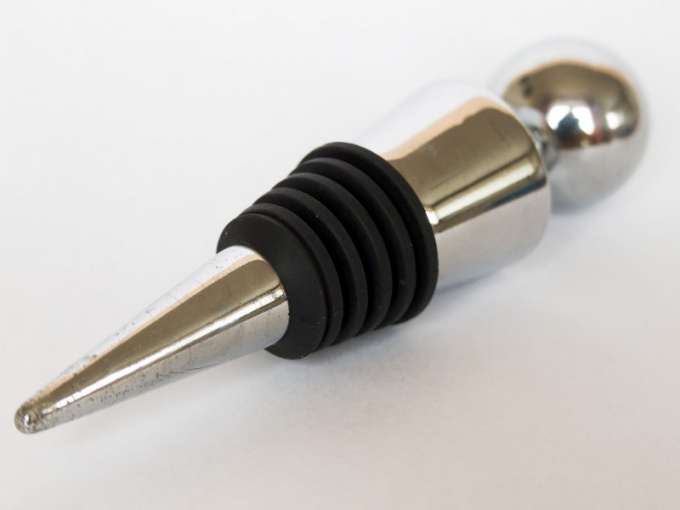You will need
- lathe;
- - a set of cutters;
- - protective goggles.
Instruction
1
Insert in the machine the workpiece, securing it between the two endings of the running shaft or with the help of attendants. Install the cutter. If you machined conical part of solid metal, pick up a cutter of hard alloy. Tool of carbon steel has the least resistance.
2
Don't forget about safety when working on a lathe. Protect the eyes with special glasses. Press the starter button and start handling the details.
3
Select cutting speed by setting the lever on the instrument panel to the desired position. The speed is determined by the hardness of the processed material and the durability of the cutter. If you do not have accurate data on the properties of the workpiece material, it is best when you select the speed to go empirically.
4
First, give the workpiece cylindrical surface. To do this, use so-called pass of the cutter, the workpiece treating them in two steps. Make the roughing (rough machining), quickly removing the bulk of the material. For protecive the surface of the workpiece about the Cams the cartridge and trimming the end use of the bent cutter.
5
For finishing details apply a finishing cutter with wide cutting edge. It allows to work at high speed feeding and gives a smooth surface.
6
Give the blank the shape of a cone. The easiest way to sharpen small cones (20 mm) wide cutter. In the manufacture of the outer or inner cone, rotate the top part of the caliper on an angle that is equal to the half angle of the cone on top of it.
7
Now protocide detail, carefully moving the cutter with the top slide. The method is best suited for boring relatively short cones. If you are going to the long, gently sloping cone, slip the rear center of the workpiece, move the required distance (toward or away from you) the tailstock. The only disadvantage of this method is that due to the displacement of the part there is a rapid wear at pivot holes.
